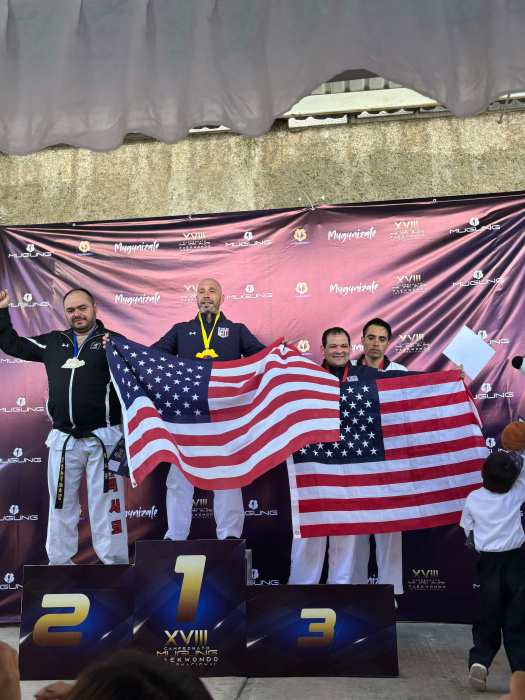By Madina Toure
A University of Nevada, Las Vegas professor who wrote a book exploring the circumstances surrounding the death of 29-year-old Kew Gardens resident Kitty Genovese, an Italian-American woman stabbed to death in 1964, attacked and outlined the media coverage of the crime at a discussion at Queens College Monday afternoon.
Marcia Gallo, associate professor of history at the University of Nevada, Las Vegas, published “‘No One Helped’: Kitty Genovese, New York City and the Myth of Urban Apathy” in 2015, which explores the story of Catherine “Kitty” Genovese, whose rape and murder in Kew Gardens shaped the narrative of bystanders who failed to help their neighbors.
Gallo said she wanted her book to focus more on the life of Genovese, which she said “was basically erased from the story.” Genovese was raised in Brooklyn but spent more than half of her life in Queens.
But she could not find sources, especially in Genovese’s own words.
“I had to try to understand the story and as I became more and more fascinated by the story and the way it was constructed, I realized there was a story behind the story as there often is and that I had to start with the contradictions in the narrative,” Gallo said.
Genovese, the manager of a Hollis bar, arrived home at 3:20 a.m. at 82-62 Austin St., an apartment house in Kew Gardens next to the LIRR station on March 13, 1964. Winston Moseley, then 29 and a South Ozone Park business machine operator, who recently died after 52 years in prison, was driving a Covair, got out, chased after Genovese and stabbed her.
A New York Times story written by Martin Gansberg under the direction of A.M. Rosenthal, the metro editor at the time, in March 1964 claimed that “38 respectable, law-abiding citizens in Queens watched a killer stalk and stab a woman in three separate attacks in Kew Gardens.” The story was headlined “37 Who Saw Murder Didn’t Call the Police.”
Gallo said the fact that Genovese was a lesbian and had a lover, Mary Ann Zielonko, with whom she shared her apartment, was not included in stories about the crime.
She also said there was little attention given to Moseley’s other victims, also Queens residents.
After Moseley was arrested on March 19, 1964, he confessed to killing Genovese as well as South Ozone Park resident Annie Mae Johnson, 24, an African-American woman, in February 1964, and Springfield Gardens resident Barbara Kralik, 15, in July 1963.
She noted that at the time there was a lot of civil rights activism, which was reflected in New York Times headlines at the time.
Changing white liberal attitudes about race and the silences surrounding Moseley’s other victims shaped the Genovese narrative, she said, which Rosenthal reflected on in his book, “Thirty-Eight Witnesses: The Kitty Genovese Case.”
“In his writings, Rosenthal is equating anti-racist activism with ‘impersonal social action’ and charging both black and white New Yorkers who were involved in the integration fight with insensitivity and indifference,” she said.
There are a number of details about her neighbors’ actions that are now known, Gallo said.
For example, the noisy bar right up the street from where Genovese was attacked twice by Moseley ended up getting closed that night due to loud fights, a regular occurrence at the bar. Some neighbors thought Genovese’s screams when she was attacked came from people leaving the noisy bar right or a domestic dispute.
She also noted that two of her neighbors called the police and it was in response to the last that the police finally arrived “to find Kitty bleeding profusely and being cradled in her neighbor’s arms as they waited for an ambulance.”
“She died on the way to the hospital but she was not alone in those final moments of her life,” she said.
Reach reporter Madina Toure by e-mail at mtour



































